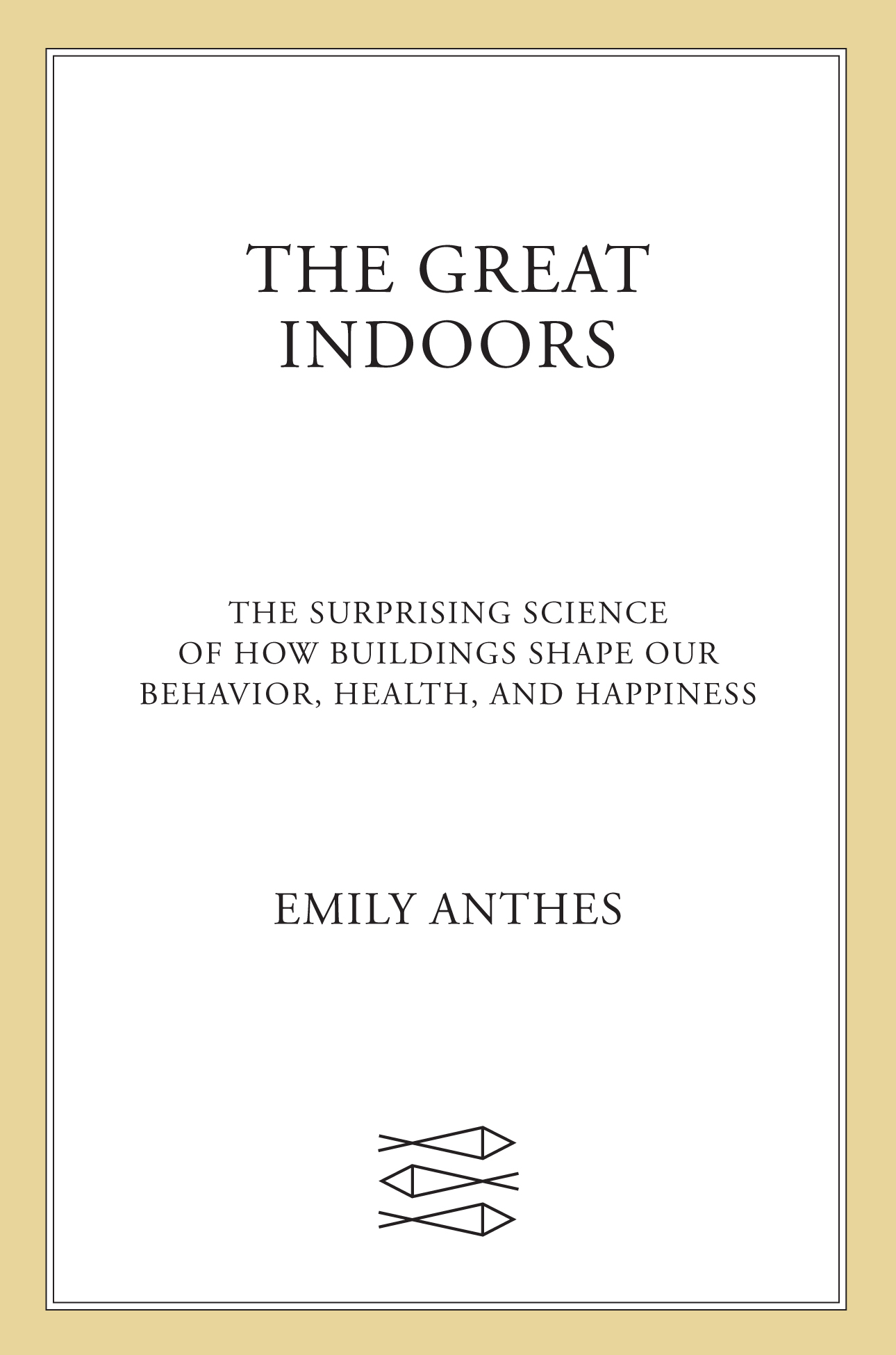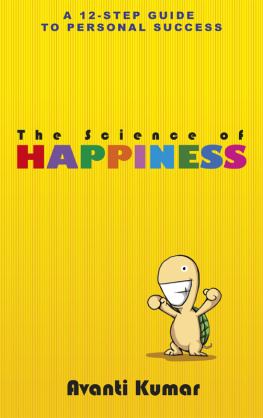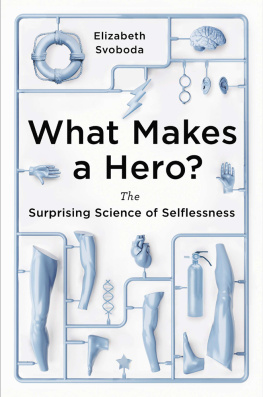Emily Anthes - The Great Indoors: The Surprising Science of How Buildings Shape Our Behavior, Health, and Happiness
Here you can read online Emily Anthes - The Great Indoors: The Surprising Science of How Buildings Shape Our Behavior, Health, and Happiness full text of the book (entire story) in english for free. Download pdf and epub, get meaning, cover and reviews about this ebook. year: 2020, publisher: Farrar, Straus and Giroux, genre: Romance novel. Description of the work, (preface) as well as reviews are available. Best literature library LitArk.com created for fans of good reading and offers a wide selection of genres:
Romance novel
Science fiction
Adventure
Detective
Science
History
Home and family
Prose
Art
Politics
Computer
Non-fiction
Religion
Business
Children
Humor
Choose a favorite category and find really read worthwhile books. Enjoy immersion in the world of imagination, feel the emotions of the characters or learn something new for yourself, make an fascinating discovery.

- Book:The Great Indoors: The Surprising Science of How Buildings Shape Our Behavior, Health, and Happiness
- Author:
- Publisher:Farrar, Straus and Giroux
- Genre:
- Year:2020
- Rating:5 / 5
- Favourites:Add to favourites
- Your mark:
- 100
- 1
- 2
- 3
- 4
- 5
The Great Indoors: The Surprising Science of How Buildings Shape Our Behavior, Health, and Happiness: summary, description and annotation
We offer to read an annotation, description, summary or preface (depends on what the author of the book "The Great Indoors: The Surprising Science of How Buildings Shape Our Behavior, Health, and Happiness" wrote himself). If you haven't found the necessary information about the book — write in the comments, we will try to find it.
Emily Anthes: author's other books
Who wrote The Great Indoors: The Surprising Science of How Buildings Shape Our Behavior, Health, and Happiness? Find out the surname, the name of the author of the book and a list of all author's works by series.
The Great Indoors: The Surprising Science of How Buildings Shape Our Behavior, Health, and Happiness — read online for free the complete book (whole text) full work
Below is the text of the book, divided by pages. System saving the place of the last page read, allows you to conveniently read the book "The Great Indoors: The Surprising Science of How Buildings Shape Our Behavior, Health, and Happiness" online for free, without having to search again every time where you left off. Put a bookmark, and you can go to the page where you finished reading at any time.
Font size:
Interval:
Bookmark:


The author and publisher have provided this e-book to you for your personal use only. You may not make this e-book publicly available in any way. Copyright infringement is against the law. If you believe the copy of this e-book you are reading infringes on the authors copyright, please notify the publisher at: us.macmillanusa.com/piracy.
FOR BLAINE,
MY PARTNER IN ALL THINGS INDOORSY
IN MITAKA, JAPAN, on a busy street crammed with squat beige buildings, a strange apartment complex jolts the skyline. From the outside, the nine-unit residence resembles a set of childs blocks, with the same kaleidoscopic jumble of shapes and colorsa green cylinder stacked atop a purple cube, a blue cube resting on a yellow cylinder. Inside, the building is an architectural acid trip. Every one of the nine lofts has a circular living room, with a kitchen plopped right in its center. The bedrooms are square, the bathrooms are barrel-shaped, and the studies are complete spheres. Each unit is painted more than a dozen different colors, none of them subtle. (Apartment 302, for instance, has a blue and lime-green kitchen, a lemon-yellow study, and a forest-green bathroom.) Ladders in the living room lead to nowhere. The concrete floors are studded with grapefruit-sized bumps. The building looks less like a home than an oversized carnival fun house. But for all its apparent whimsy, it was designed with a serious purpose: to cheat death.
The Mitaka lofts were created by Shusaku Arakawa and Madeline Gins, married artists who devoted their careers to an idea they called reversible destiny. Death, they believed, was old-fashioned, immoral, and not at all preordained. That mortality has been the prevailing condition throughout the ages does not mean it will always have to be, Arakawa and Gins wrote in their 2002 manifesto. Any resistance mounted thus far against mortality, that ineluctable asphyxiator, has been conducted in too piecemeal a fashion The effort to counter mortality must be constant, persistent, and total.
In this effort, they argued, architecture was our most powerful weapon. To resist death, we had to radically reinvent our environments, creating spaces that challenged us both physically and mentally. Living in a place like the Mitaka lofts would keep people off balance, shake them out of their habits and routines, shift their perceptions and perspectives, stimulate their immune systems, and, yes, make them immortal. We believe that people closely and complexly allied with their architectural surrounds can succeed in outliving their (seemingly inevitable) death sentences! they wrote.
When I first read about Arakawa and Gins, I assumed it was all an elaborate metaphor, an artistic provocation. But when I visited the Manhattan headquarters of the Reversible Destiny Foundation in the fall of 2018, I learned that they meant it literally. I think they actually believed that if we achieved this, we could extend our life span, said Miwako Tezuka, the consulting curator of the foundation, which Arakawa and Gins founded in 2010. They were really, really, really passionate about their belief.
They put this belief into practice, building half a dozen projects on both sides of the Pacific. In Yoro, Japan, they designed a 195,000-square-foot public park so destabilizing that visitors are provided with helmets. In East Hampton, New York, they created the Bioscleave House, a single-family home even more extreme than the Mitaka lofts, featuring some forty eye-popping paint colors, windows placed seemingly at random, and steep, bumpy floors surrounding a sunken kitchen. Youre going to twist your ankle, warned Stephen Hepworth, director of collections at the Reversible Destiny Foundation. You may well fall into the kitchen if youre not careful. Dont rush to go to the bathroom.
Although each of their constructions is unique, theyre all designed to disorient, with collisions of shapes, colors, and surfaces and sudden shifts in orientation and scale. (In fact, their spaces are so counterintuitive that they come with instructions.) Exiting one of their buildings, Hepworth said, is like getting off a roller coaster. Youre a bit off kilter.
Arakawa and Gins had even bigger dreams, for entire reversible destiny developments, neighborhoods, and towns, or what they described as cities without graveyards. They wanted to wage a full-scale, all-out architectural war on mortality. But if they discovered the secret to eternal life, they failed to avail themselves of it. Arakawa passed away in 2010 (Gins refused to reveal the cause of death: This mortality thing is bad news, she told The New York Times), and Gins died of cancer four years later.
Their body of work, however, lives on. Those who wish to defy death can rent one of the Mitaka lofts through Airbnb.
THE NOTION THAT ARCHITECTURE can help us live forever is clearly science fiction. But the promise of improving our health and extending our life spans, even just a little, without ever leaving the house? Well, I found that idea irresistible. After all, I am unapologetically indoorsy. Its not that I dont like nature; I think nature is lovely. Ive been camping numerous timesand enjoyed it! Its just that Im anxiety-prone and risk-averse, and the world inside my apartment is warm and cozy and safe. Lots of journalists file dispatches from far-flung placesreporting on wildlife in the Serengeti, floods in the Mekong Delta, and ice cores in Antarcticabut Ive always felt most comfortable plying my craft from deep inside my living room.
Though I might be at the extreme end of the spectrum, I am not alone; modern humans are essentially an indoor species. North Americans and Europeans spend roughly 90 percent of their time inside, and the indoor environment dwarfs the outdoor one in some major cities. The island of Manhattan is only twenty-three square miles in size but has three times that much indoor floor space. And unlike the outdoor world, the indoor world is expanding. Over the next forty years, the United Nations estimates, the total amount of indoor square footage will roughly double worldwide. Those additions are equivalent to building the current floor area of Japan every single year from now until 2060, the organization reported in 2017.
To my delight, more and more scientists have begun to view the indoor environment as worthy of investigation. Researchers in a wide range of fields are now surveying the indoor world, mapping its contours and uncovering its secrets. Microbiologists are charting the bacteria that bloom in our buildings, and chemists are tracking the gases that waft through our homes. Neuroscientists are learning how our brains respond to different building styles, and nutritionists are investigating how cafeteria design affects our food choices. Anthropologists are observing how office design influences the productivity, engagement, and job satisfaction of employees around the globe. Psychologists are probing the connections between windows and mental health, lighting and creativity, and furniture and social interaction.
Their findings suggest that the indoor environment shapes our lives in far-reaching and sometimes surprising ways. To name just a few: Women who give birth in sprawling hospital wards are more likely to undergo cesarean sections than those who labor in more compact ones. Warm, dim lighting makes schoolkids less fidgety and aggressive. Fresh, well-ventilated air boosts office workers cognitive function.
Font size:
Interval:
Bookmark:
Similar books «The Great Indoors: The Surprising Science of How Buildings Shape Our Behavior, Health, and Happiness»
Look at similar books to The Great Indoors: The Surprising Science of How Buildings Shape Our Behavior, Health, and Happiness. We have selected literature similar in name and meaning in the hope of providing readers with more options to find new, interesting, not yet read works.
Discussion, reviews of the book The Great Indoors: The Surprising Science of How Buildings Shape Our Behavior, Health, and Happiness and just readers' own opinions. Leave your comments, write what you think about the work, its meaning or the main characters. Specify what exactly you liked and what you didn't like, and why you think so.





